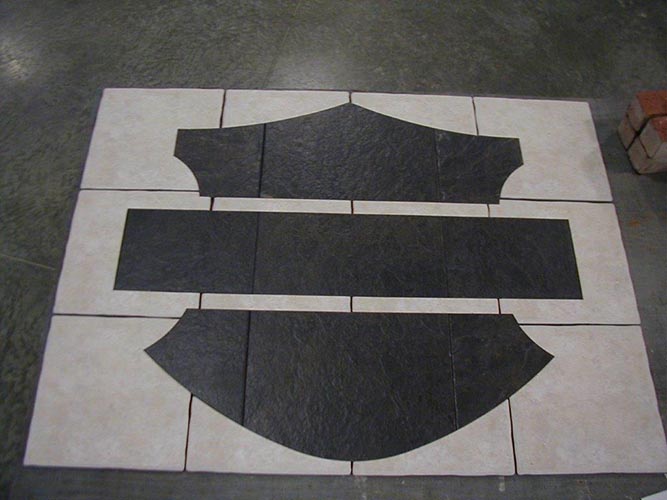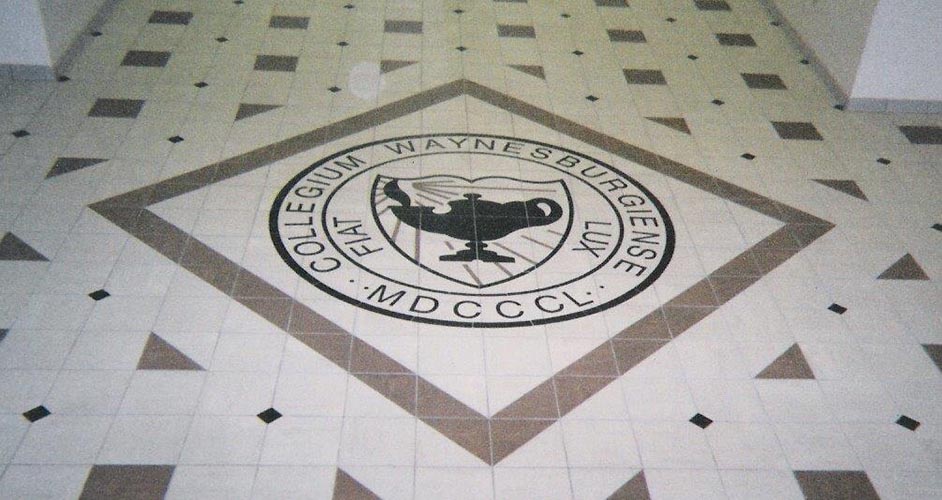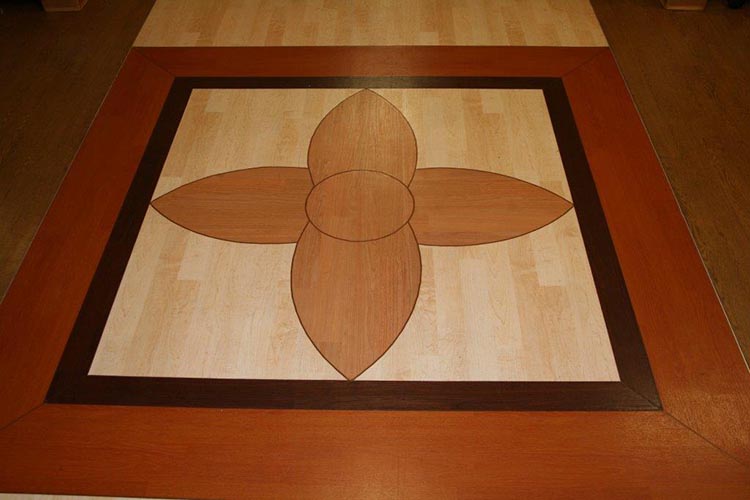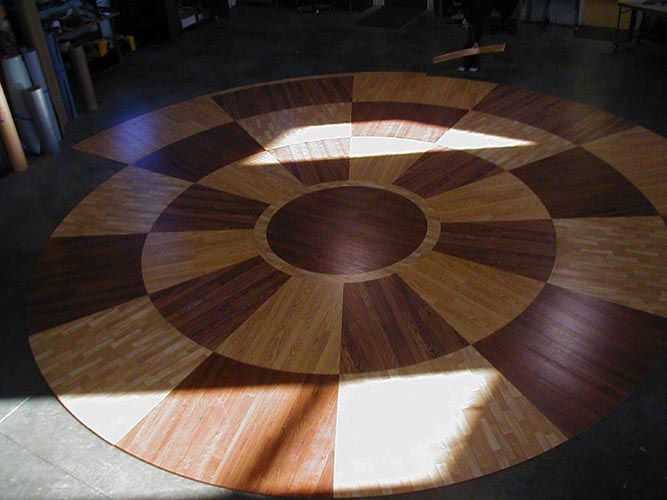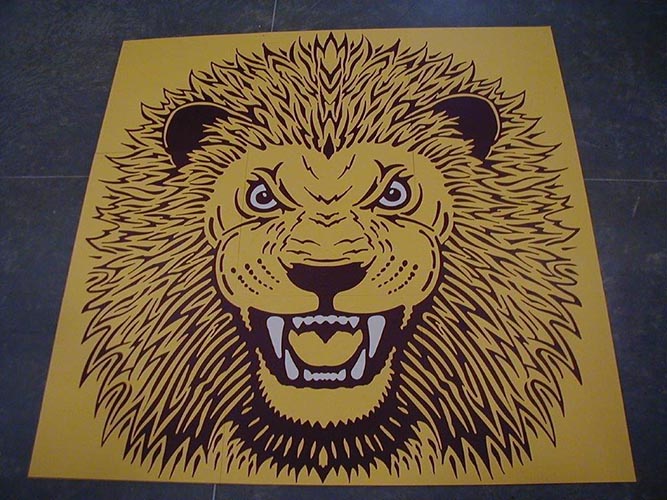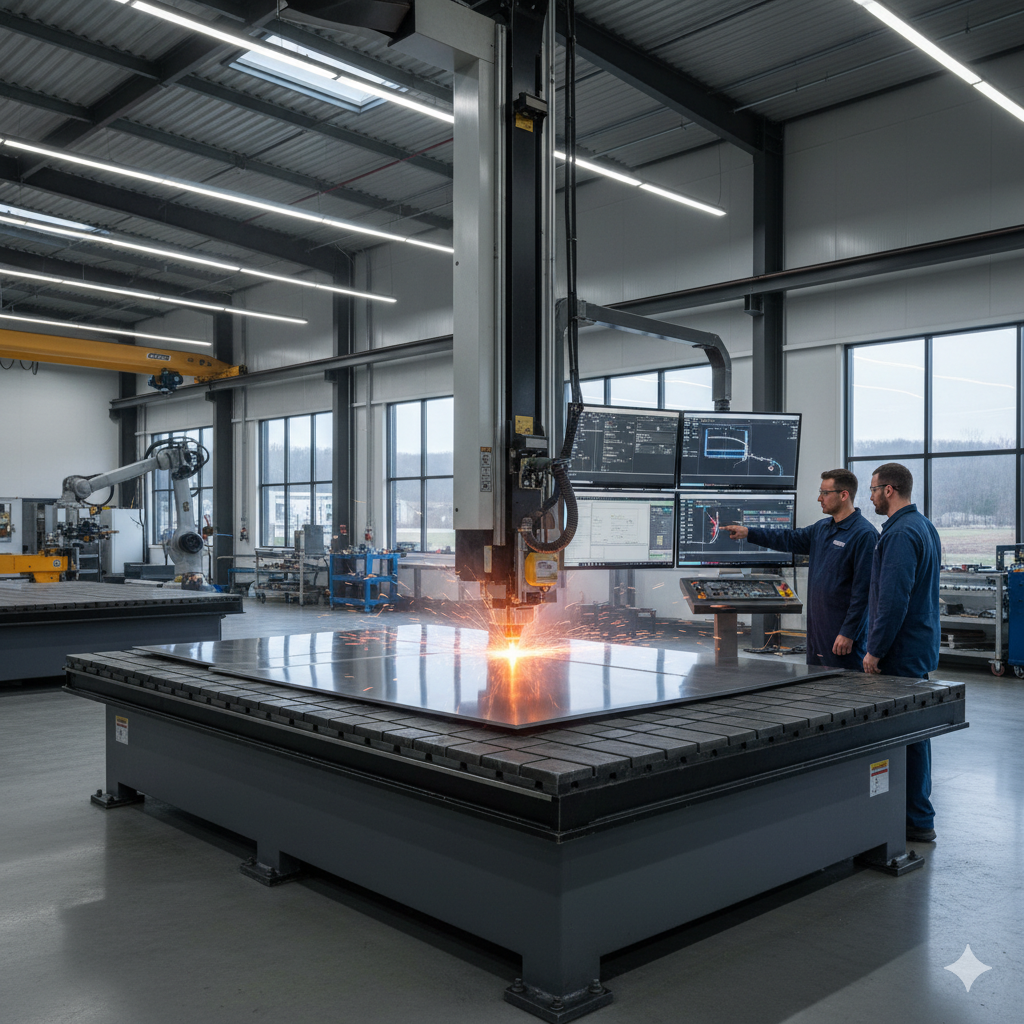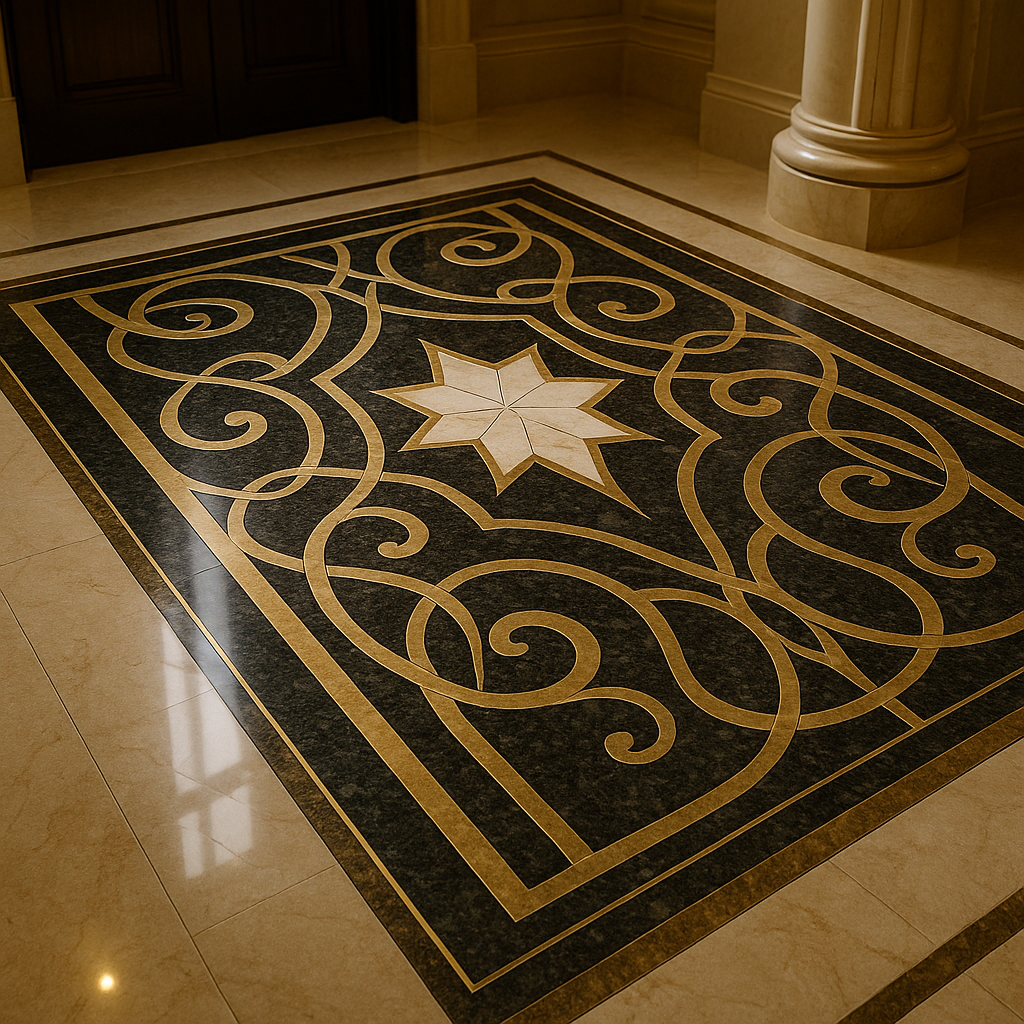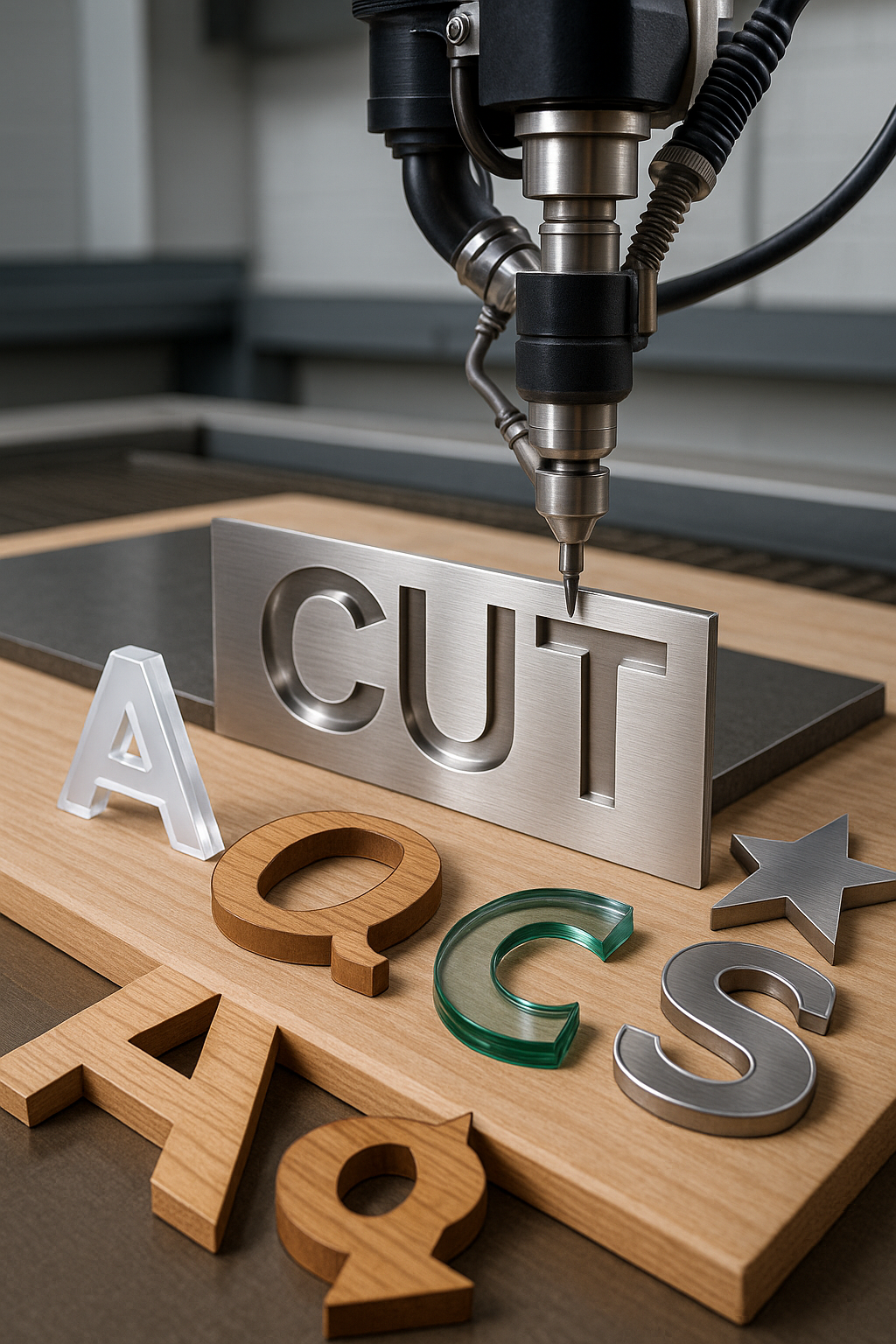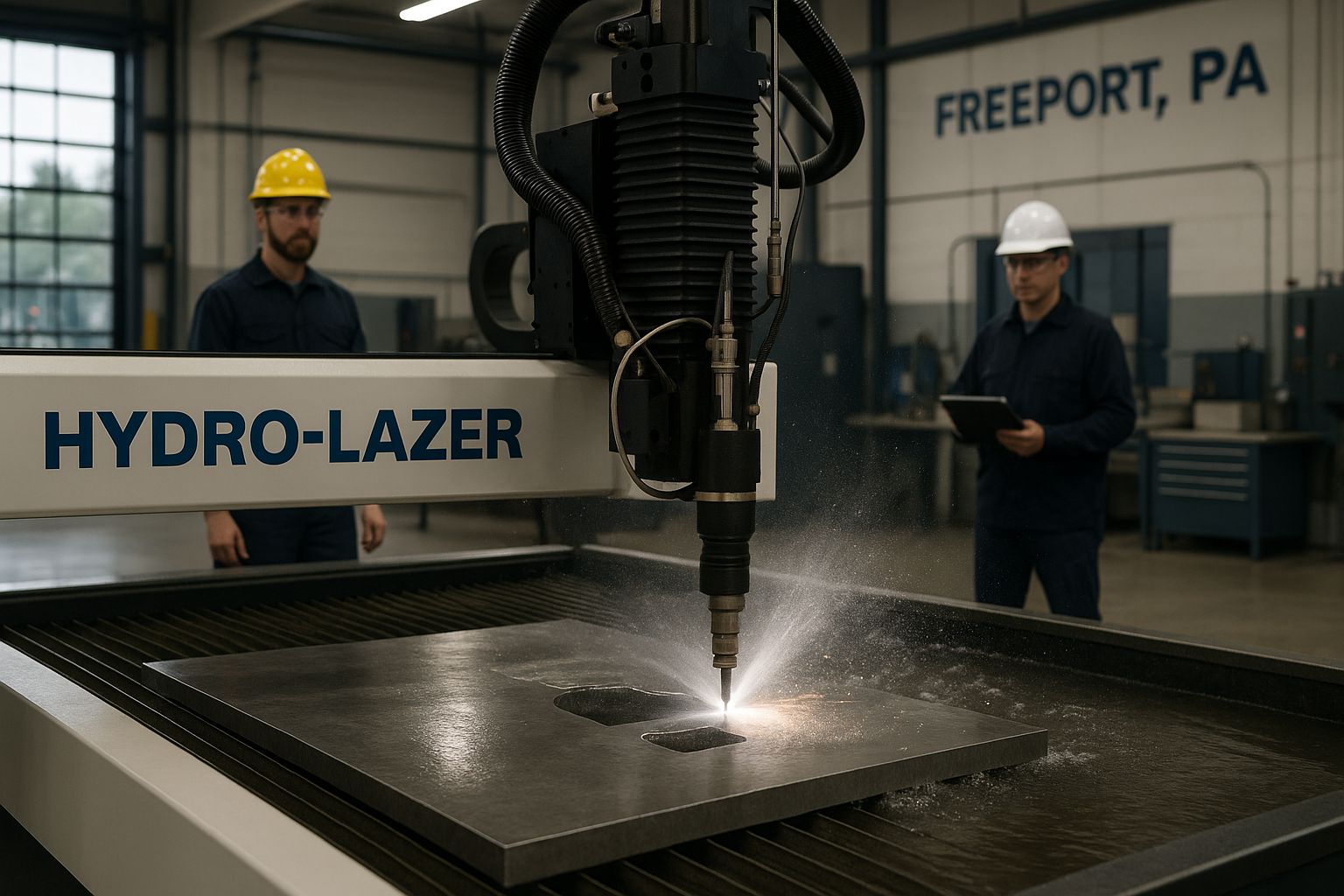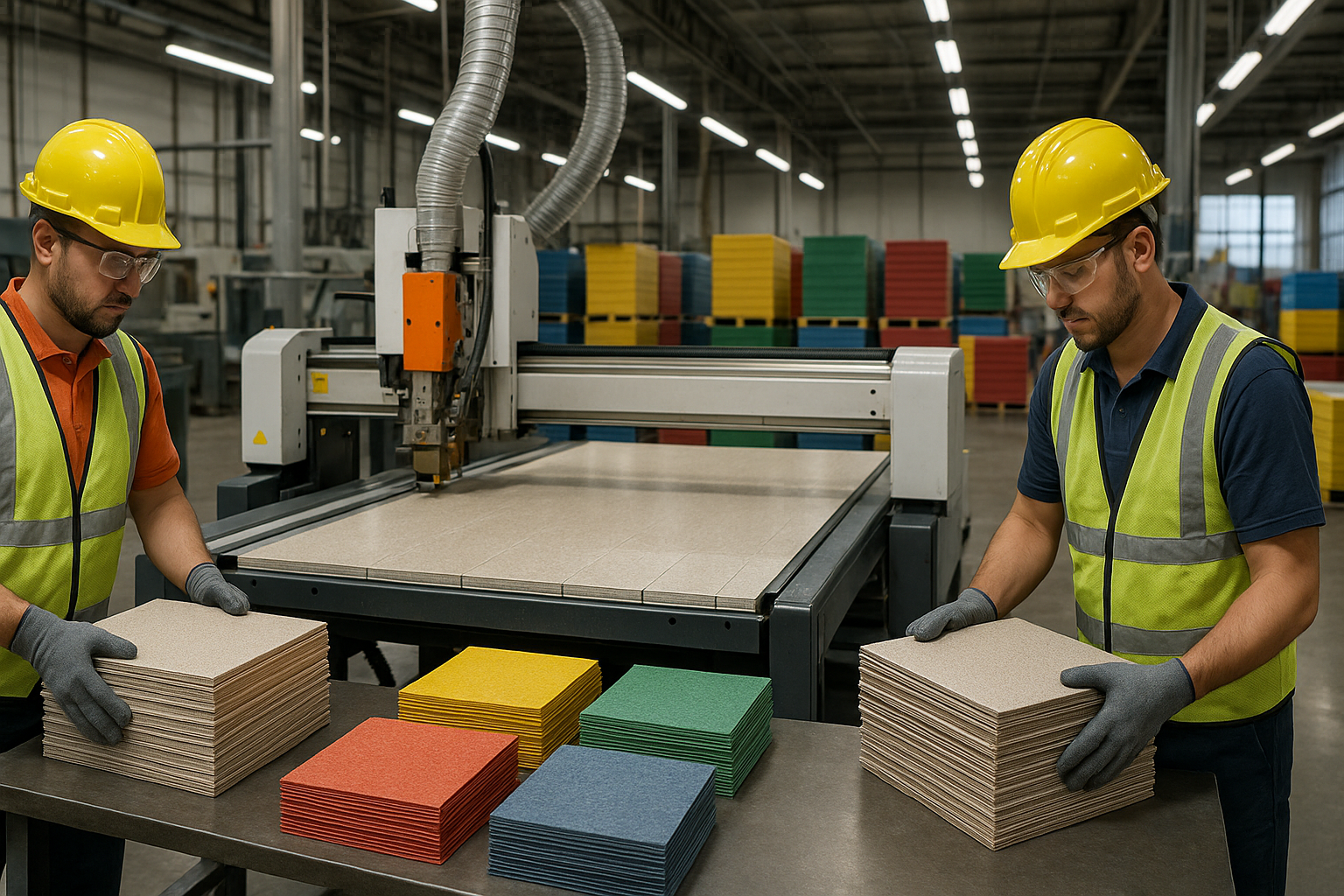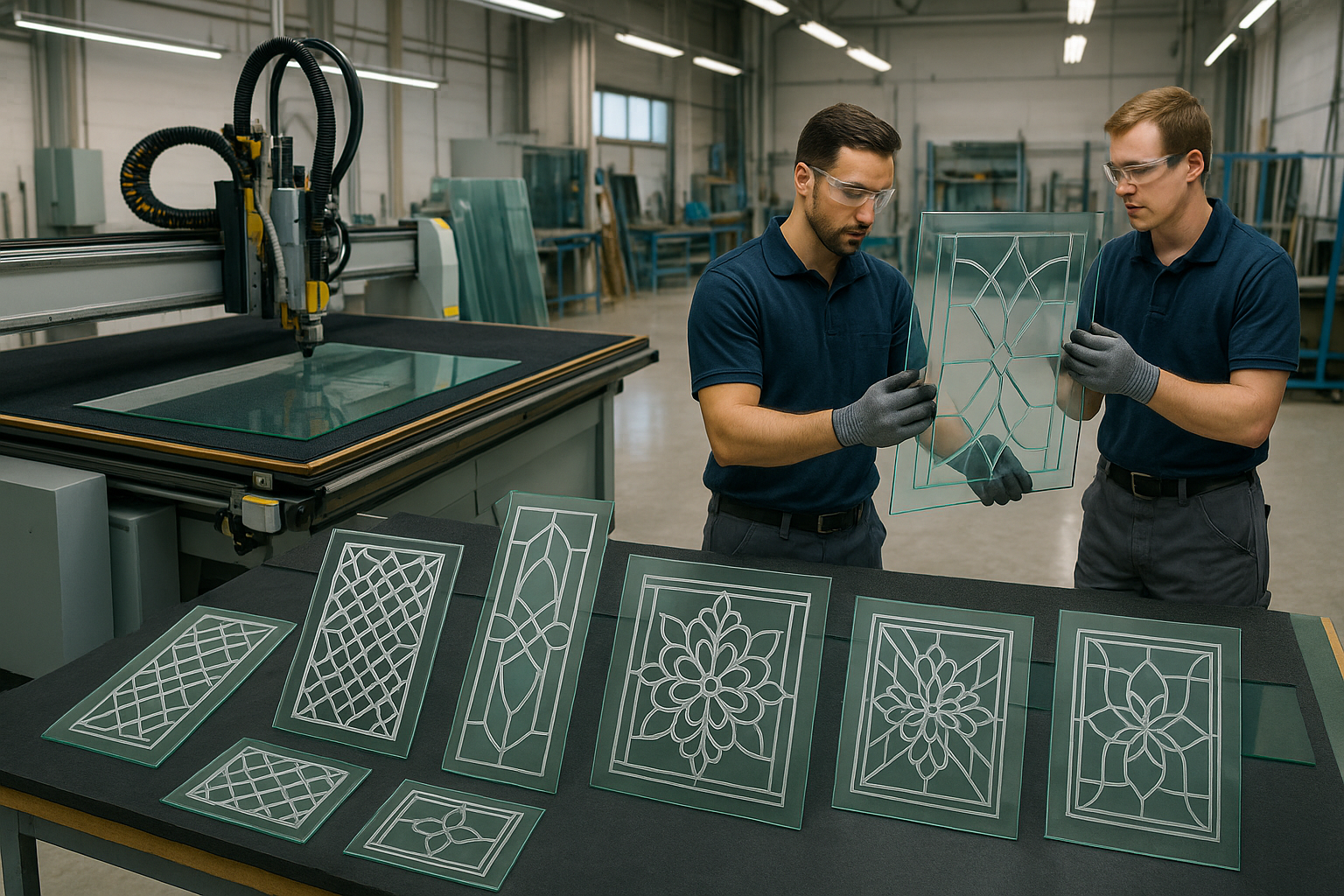
Blog
-
Metal Cutting Services Freeport PA: Why Waterjet Cutting Excels for Precision Industrial Projects
Precision and efficiency are crucial for industrial projects, especially when tight tolerances and high-quality finishes…
-
Hard Surface Floor Inlays: Custom Waterjet Solutions for Luxury and Durability
Transforming Spaces with Hard Surface Floor Inlays Luxury is about what you see and how…
-
Sign Fabrication Services for Any Material: Precision Waterjet Cutting That Brings Your Vision to Life
When it comes to sign fabrication services, precision, versatility, and flawless execution are non-negotiable. Hydro-Lazer,…
-
Hydro-Lazer Metal Cutting Services Freeport PA: Elevate Your Metal Fabrication Process with Precision Waterjet Technology
In today’s rapidly evolving manufacturing landscape, precision became an essential. From complex industrial components to…
-
Industrial Cutting VCT: High-Volume Processing for Flooring Installation Contractors
When your flooring contract calls for 50,000 square feet of intricate VCT patterns, when deadlines…
-
Precision Glass Cutting Services: Intricate Patterns and Shapes for Decorative Applications
Light dancing through delicate curves, shadows playing across intricate patterns, glass transformed from simple transparency…

Our Latest Projects
